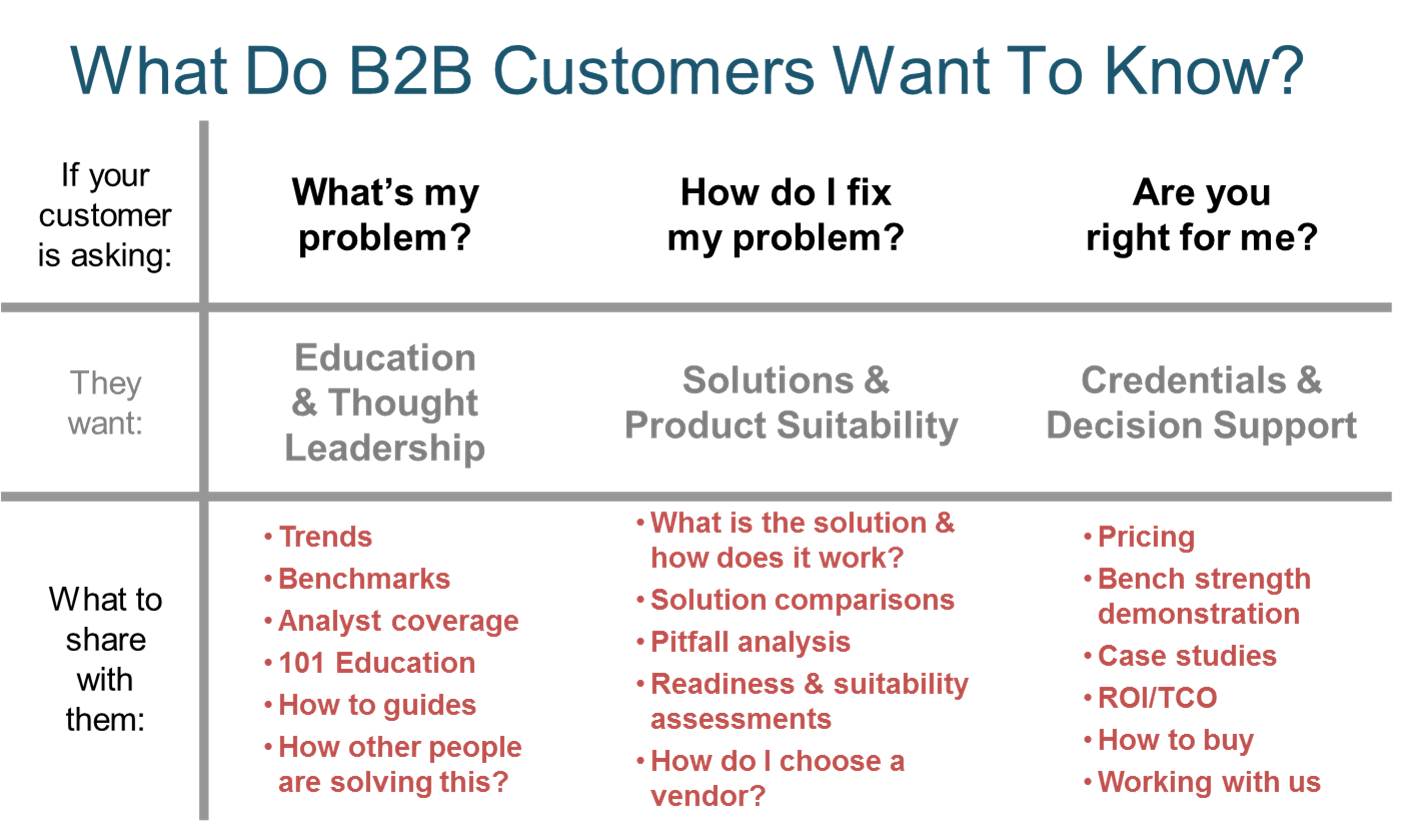
A lot has been written about persuading consumers to click and buy. But what are the differences in B2B email marketing and what does a strong B2B email campaign make?
Especially when tapping into the strengths of B2B email marketing to promote your products and services, it is important to strike the right chord.
Nobody ever bought an airplane after reading one email
A Boeing 747 Airplane isn’t bought on impulse. Often you will deal with long buying cycles, so realize that B2B recipients will not buy the instant you email them. This means multiple emails spread over a longer period of time, maybe in the form of well-thought-through, event-driven email marketing geared toward lead nurturing. Marketing automation forms the core of this process.
Content sells better than a great offer
Analysis of the campaigns of B2B email marketing agency Admitter shows that in 90% the Call to Action link text “more info” wins from a Call to Action texts like “try me now” or “buy now.” A confirmation that telling before selling works in most cases, especially if information is aligned with interests and profile of the B2B recipient.
In most cases the recipients want to be informed about options, read helpful or entertaining content, or see references in the form of cases. Most people won’t get excited from just “look at our possibilities.” They crave engaging content. This shows that you must find creative ways to convey the message. Don’t sell the product but the content. Adding to that, each stage of the buyer descision asks for his own type of content as the table below illustrates.

(Image source: Brainrider)
There is no such thing as a CEO
In targeting your B2B email marketing newsletters, a selection based on function title seems attractive. For instance, targeting all managing directors. They call the shots, right? But there is no such thing as a CEO. A freelancer is a CEO, the owner of a local restaurant is a CEO, the managing director of a wall street enterprise is a CEO.
But these CEOs have completely different profiles. There is a huge difference in behavior and a gigantic gap in the type of information they seek. That means you’ll need to mix function title with other selection criteria to find the right audience. On its own, company size turns out to be a much bigger predictor of reaching the right person in your target group.
Aim for the DMU
In the B2B process, a purchase decision is often not made by a single person. A group of people is involved with the purchase of your product or services; together they form the Decision Making Unit (DMU). Targeting your email only to the influencers or only the final decision makers is a common pitfall, because both groups play an important role in making the final purchase.
A member of the DMU will look at your B2B email marketing campaigns from his or her own perspective. So it is crucial to adapt your message accordingly. All marketers say they would like to segment more (both more often and deeper), but in B2B email marketing this is even more prudent. Their differing roles mean they have other “pressure points”; a chief financial officer will have other concerns than a technical director or marketing manager.
Email that correctly addresses these pressure points will have a much higher email engagement. The takeaway? Put an email marketing strategy in place to diversify your messages and collect additional data points for targeting purposes.
B2B email marketing
An email is an email, but just translating B2C email campaigns to B2B is a huge pitfall. In B2B there is quite a need for professional email marketing, but often a lack of channel-specific knowledge. Email is still the workhorse of B2B marketing, bringing in conversions and adding value across the customer lifecycle.
